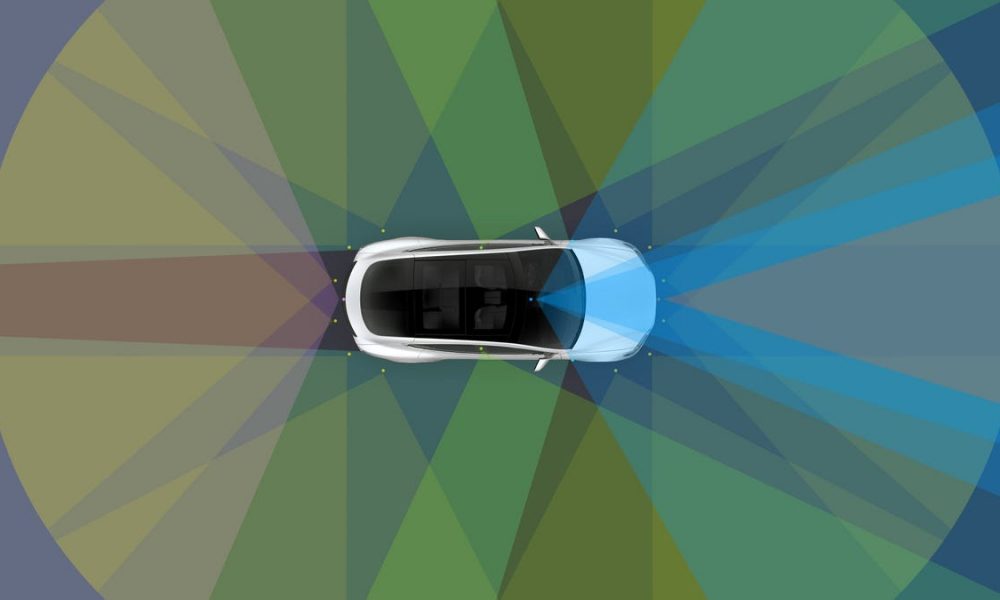Highway Safety Barrier Research at Nebraska: Creating Innovative Solutions for Vehicle Safety

In recent years, automobile manufacturers have made significant strides in incorporating various safety features into their vehicles. From airbags to automatic braking systems, these features help drivers avoid crashes or minimize injuries in case of an accident. However, the development of these traditional safety features has not entirely eliminated the risk of single-vehicle crashes.
To address this issue, Nebraska computer engineer Mehmet Can Vuran and his team are working on developing cyber barriers that can help prevent single-vehicle crashes. These barriers, unlike traditional physical barriers, rely on cutting-edge technology that allows them to communicate with vehicles on the road, providing drivers with real-time information and alerts.
The team at Nebraska is comprised of experts in barrier design, vehicular networking, and vehicle automation. Their approach to creating cyber barriers involves the use of various advanced technologies such as sensors, GPS, and cloud computing, to name a few. By using these technologies, they intend to create barriers that can adapt to changing road conditions and provide drivers with timely information, allowing them to take corrective actions, thereby reducing the risk of single-vehicle crashes.
One primary advantage of cyber barriers is that they are not limited to specific areas, as is the case with traditional physical barriers. They are flexible and can be deployed, as needed, in various locations or situations where the risk of single-vehicle crashes is high.
For instance, during road construction, cyber barriers could be used to alert drivers of dangers such as uneven pavements and exposed trenches, preventing accidents before they happen. Similarly, in rural areas, where roads can be narrow and winding, cyber barriers could provide drivers with real-time information to avoid obstacles or other hazards, reducing the risk of accidents.
Apart from preventing accidents, cyber barriers could also pave the way for new applications such as autonomous driving. With the development of self-driving vehicles, cyber barriers could be used to communicate with these vehicles, allowing them to navigate roads more safely and efficiently.
In conclusion, Nebraska's research on cyber barriers is a significant step towards improving vehicle safety and reducing the risk of single-vehicle crashes. By leveraging cutting-edge technology, the team at Nebraska is designing barriers that can adapt to changing road conditions and communicate with vehicles, providing drivers with timely information to avoid accidents. This research will undoubtedly play a significant role in the development of next-generation vehicle safety systems, making driving safer for all.